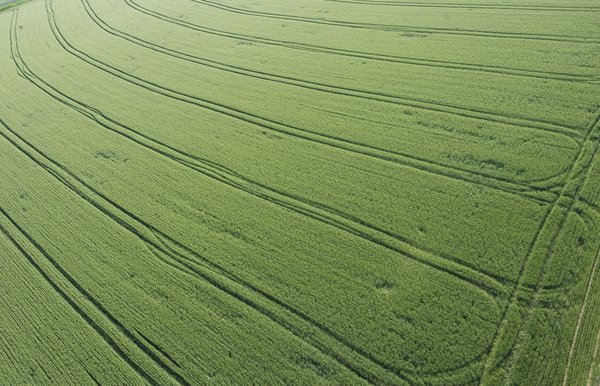- Share this article
- Subscribe to our newsletter
China and India lead in greening of the world
The Earth is getting greener, and intensive agriculture and forestry by humans have played a major role for decades in the growth of foliage and biomass. This was reported in February 2019 by an international team of researchers from the USA, China, India, France, Denmark, Norway and Germany, several of whom are authors of articles in reports of the World Climate Council.
According to the announcement, China and India account for around one third of the Earth’s greening, although the two emerging nations have only nine per cent of vegetated global surface area. This conclusion is derived from high-quality NASA satellite data.
According to the researchers, it has long been known that the Earth is getting greener, but it was previously assumed that the increased content of the greenhouse gas carbon dioxide (CO2) in the atmosphere was encouraging plant growth. In this case, it would have been reasonable to assume that greening would be relatively equal all around the globe.
However, satellite data from 2000-2017 showed patterns of global greening in which regions of intensive agriculture and forestry such as China and India (and also Europe) stand out notably. The greening in China is from forests (42 %) and croplands (32%), but in India it is mostly from croplands (82%) with a minor contribution from forests (4.4%).
Global greening is a double-edged phenomenon
The areas under cultivation in China and India have not been expanded significantly since the early 2000s, but production of foods such as cereal, fruit and vegetables in the two countries with the largest populations in the world has risen by 35-40 per cent since 2000. The researchers attribute this growth in yields to increased use of fertilizer and irrigation.
Given the consequences e.g. for water quality of contamination with fertilizer, researchers are ambivalent about this greening. A generous supply of potassium, nitrogen and phosphorus to plants increases the volume of biomass and makes possible multiple harvests a year. In this way, the countries make a major contribution towards food security for the global population.
However, the researchers say that almost all agricultural regions still over-fertilize, damaging their environment as a result. At the same time, China is also working on the “Great Green Wall”, an ambitious afforestation project to counter desertification.
(KIT/ile)
More information:
Chi Chen, Taejin Park, Xuhui Wang, Shilong Piao, Baodong Xu, Rajiv K. Chaturvedi, Richard Fuchs, Victor Brovkin, Philippe Ciais, Rasmus Fensholt, Hans Tømmervik, Govindasamy Bala, Zaichun Zhu, Ramakrishna R. Nemani, Ranga B. Myneni: China and India lead in greening of the world through land-use management. Nature Sustainability, January 2019:
http://dx.doi.org/10.1038/s41893-019-0220-7





Add a comment
Be the First to Comment